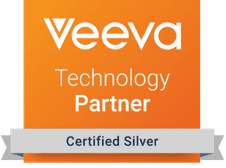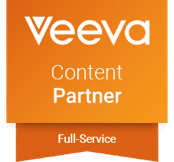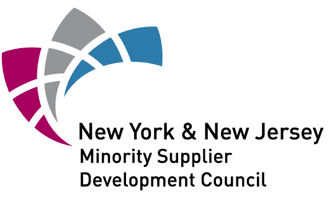Learn More About Our Digital Marketing Solutions
What is Content Marketing?
Content marketing is the process of creating and distributing relevant content to attract, inform, and engage your audience. You do this on your website, on social media, on blogs and in articles that are related to your products and services. The goal is to promote your brand and to provide information that will lead your customers closer to a decision to buy.
- You must offer information that’s valuable to customers. We call the Internet a “lean forward” medium – users search for information, rather than opening up an Internet browser and watching whatever’s there. Your content needs to be what they are looking for, in the places they’re looking.
- You need to reassure search engines (like Google) that your site is what people are looking for when they search. A website that has “deep and relevant” content will help make that case.
About Content Marketing
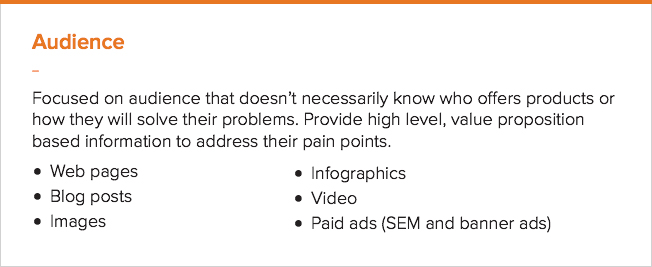
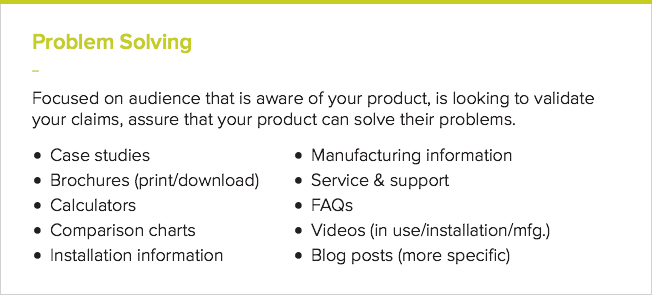
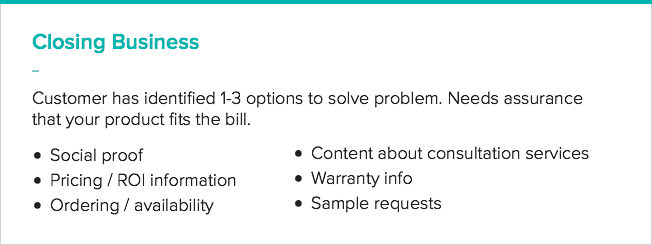
The return on investment for content marketing can be amazing, if it’s well-done. Lucky for you, most companies don’t do a great job – yet. While this means you can’t adopt a “follow the leader” approach, it also creates a great opportunity for your organization!
Challenges
To make your display ad campaigns more successful:
- Resources – Lack of resources is the #1 biggest stumbling block for most companies. It’s hard to get support to allocate resources to something completely new like content marketing. Even if you hire a content marketing company or take on additional staff, be prepared to spend time bringing them up to speed. You’ll also need to set time aside to regularly review their writing, and look at the data from your content marketing efforts.
- Create content that’s relevant and valuable to your selected audience. This may mean doing a 180 on how you usually write about your solutions and products. My boss always says, “Talk about your customer’s lawn, not your grass seed!” With content marketing, you’re going to teach them how to build that beautiful lawn from scratch – so that they’ll come to you when it comes time to buy the seed.
- If you’re not sure how you can add value through content marketing, ask existing customers: “If you were looking to buy what we sell, what would you need to help you find a vendor or solution provider, and what would help you learn enough to make your decision?”
- Learning about, and keeping up to date with, new trends and technologies – Is Facebook right for your company? Should your blog be on Medium? Where do your customers go to get information? (Hint: they may visit wsj.com more often than trade publications.) The answer depends on your market and audience. Keep in mind that these answers will change over time.
Tips for Content Marketing Success
To make your display ad campaigns more successful:
- Make sure your content is mobile-friendly, since that’s how more and more users access content. (Yes, even B2B customers and C-level executives!)
- Create an editorial calendar. It’s OK if the subject matter and even the deliverables change over the course of a year. The calendar will help keep you on track, especially if your have a multi-step review processes.
- Don’t just publish willy-nilly. Follow a step-by-step process that includes: identifying audience personas and pain points, setting benchmarks, and periodic measuring, analysis and revision.
Goal
Produce content that addresses each customer persona at every stage in the customer journey.






Contact Us to discuss your digital marketing program.


